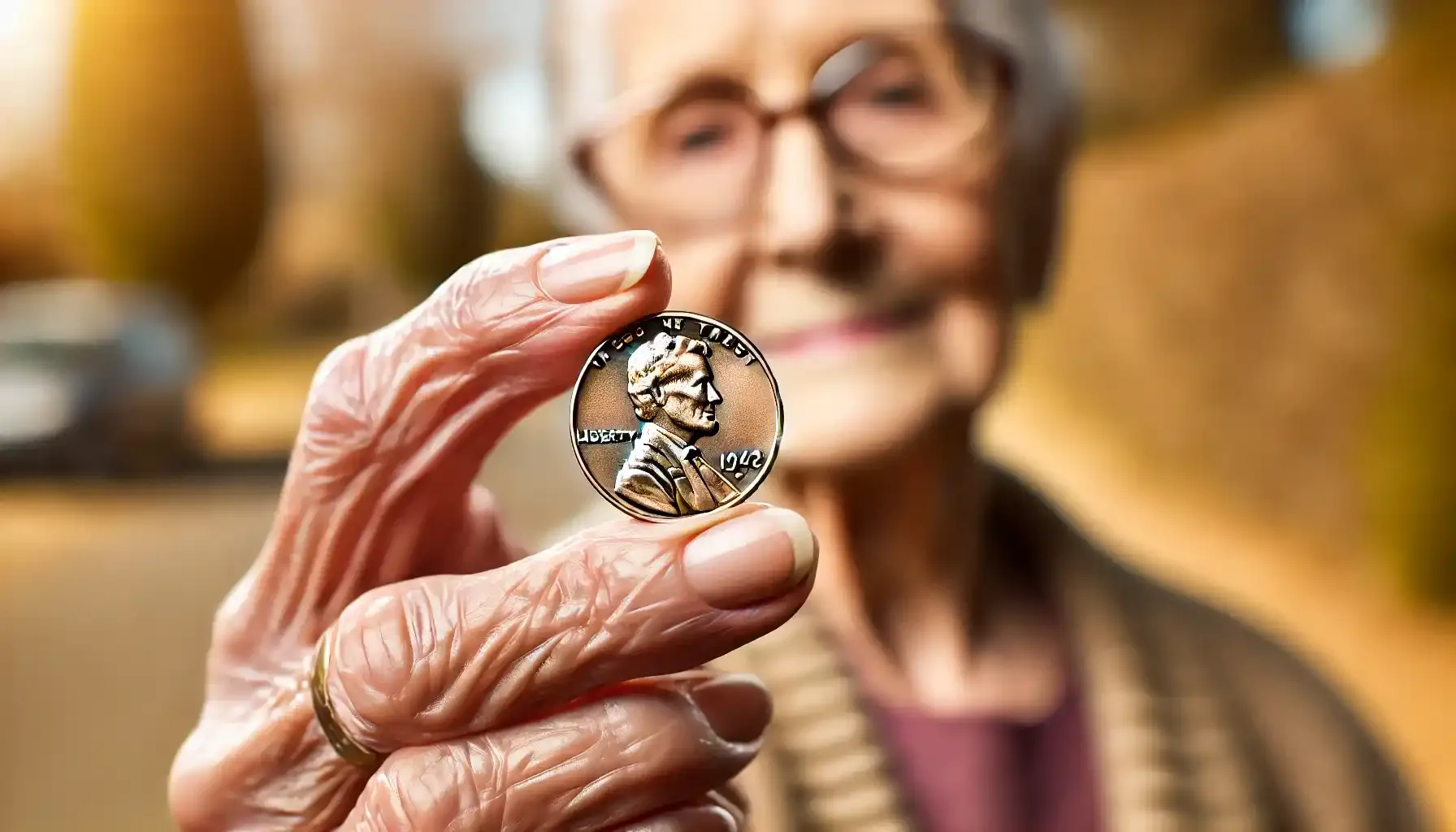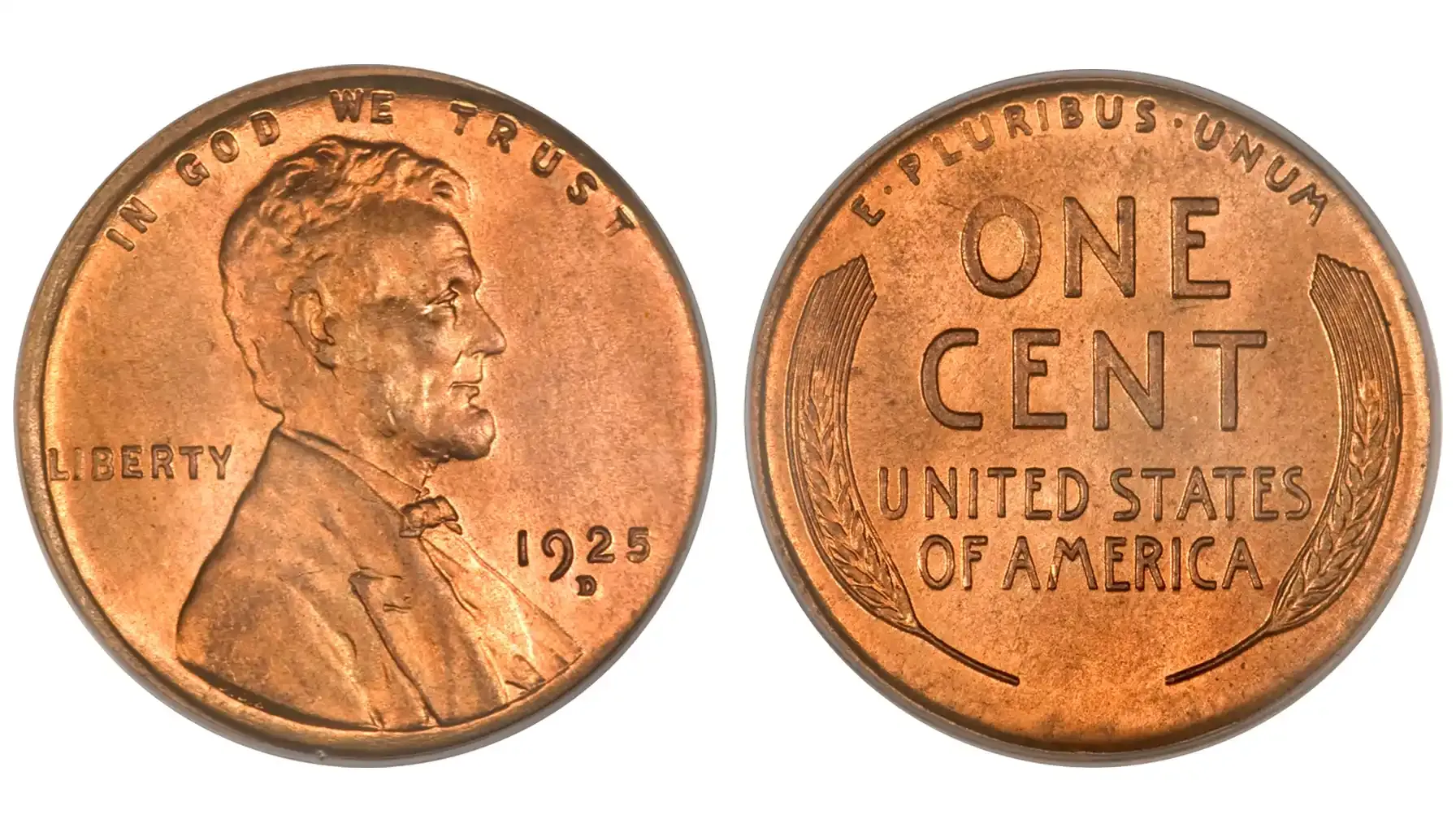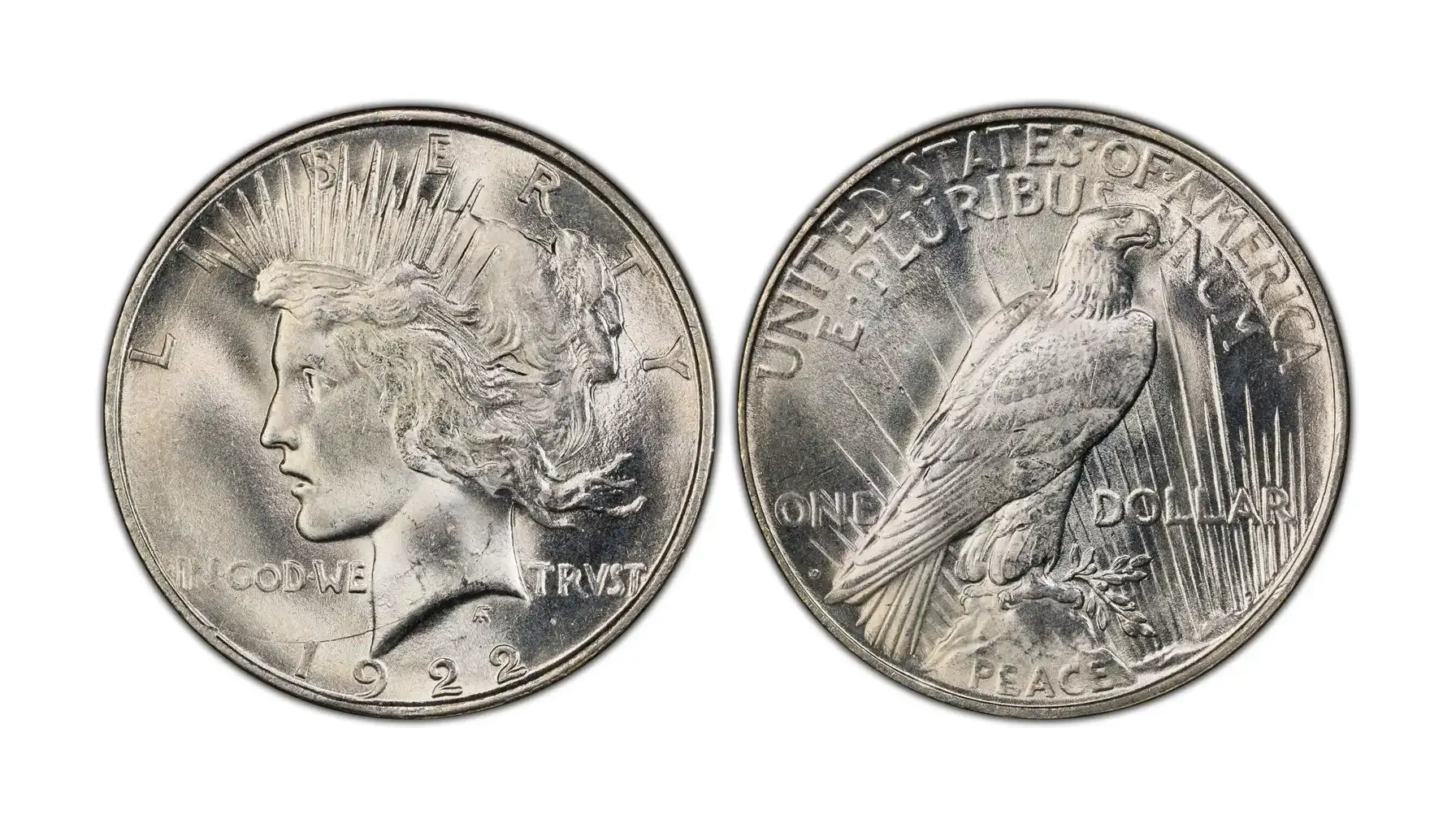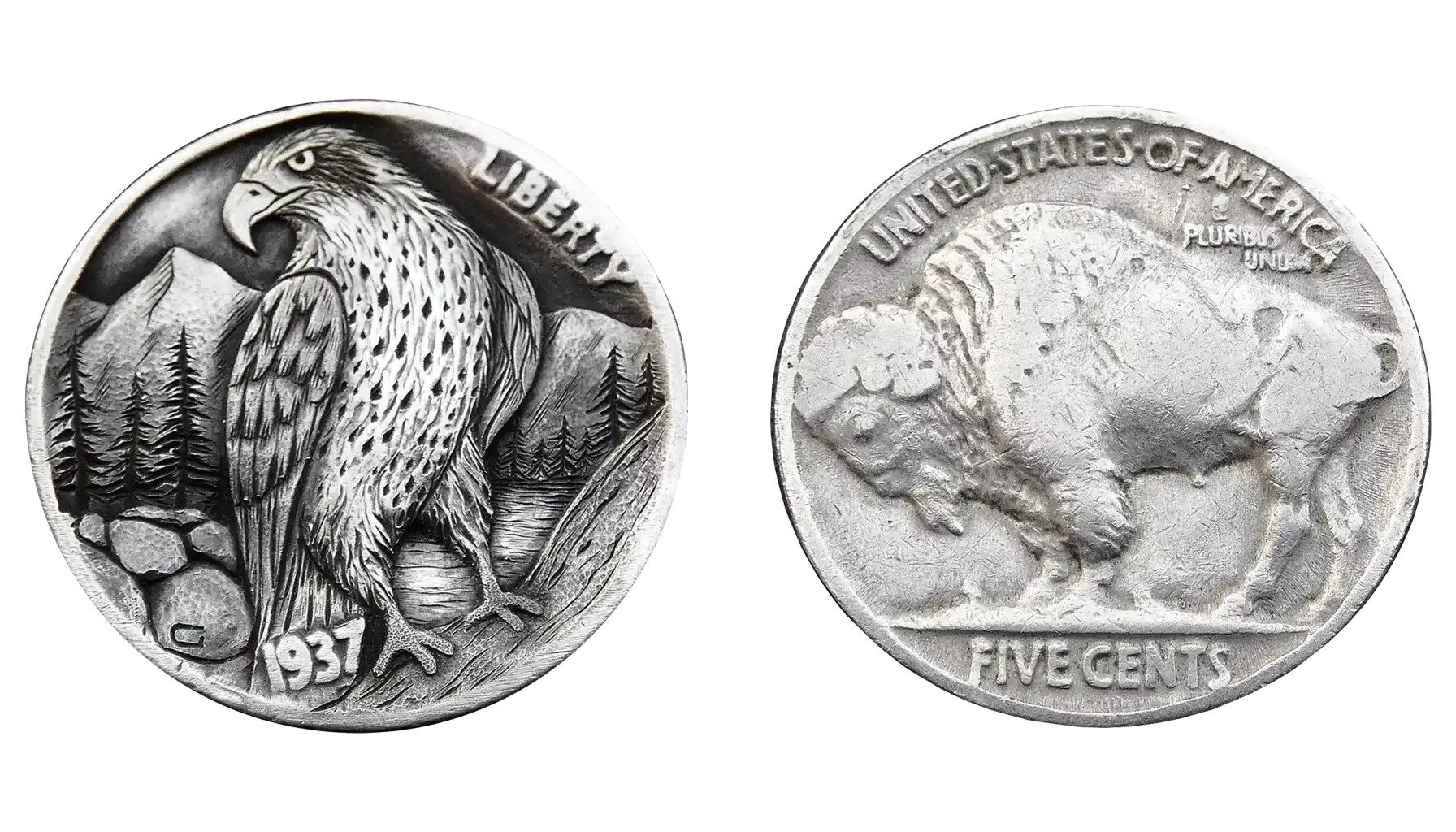Contents:
In 1942, the world was going through one of the most devastating periods of human history, i.e., World War II, and everyday life was completely influenced by the demands of the military conflict. The sphere of numismatics could not escape this fate, too. Unaware that this would soon spell the end of an era, the country's mints continued to make copper pennies.
The 1942 penny, the last relic of a pre-war coinage is an intriguing example of how anything may change in an instant. What characteristics should we know so as to identify these coins? What about the average 1942 penny value, and how is it present in the modern numismatic market?

Notorious Historical Context of 1942
The terrible reality of a war-torn world defined the year 1942. After Pearl Harbor was attacked in December 1941, the United States did not have any other option but to enter World War II. Remodeled to aid in the war effort, the country's industry produced ammunition, tanks, and airplanes.
All resources, including the metals used in coinage, were taken to the war. Suddenly, copper, i.e., a vital component in shell casings, electrical cables, and other necessary wartime materials, became an indispensable resource that must not be squandered.
To help the military, citizens donated everything from wiring to kitchen pots. Propaganda posters created a sense of urgency and shared responsibility by asking people to "do their part" and support the war effort. Even mundane tasks like minting pennies were subject to the stresses of war.
Now, turning back to the hero of the article, the 1942 penny was created with 95% copper and 5% tin and zinc, the same as its predecessors. But behind the scenes, the US Mint and government authorities were already planning a change. There were talks regarding altering the composition of pennies because copper was in high demand for the military. This is how the abrupt switch to steel pennies started.
Related article: Oldest Coin in the World.

1942 Wheat Penny: Characteristics and Design
Indeed, the 1942 Wheat Penny is a symbol of its time and an absolutely remarkable unit of American numismatic history. Delving deeper into its basic terms, this coin belongs to the famous Lincoln Wheat Cent series, which had been in circulation since 1909. Notwithstanding the coin's traditional look, coinage history was about to change due to the impending necessity to preserve copper for military use. But what else is so special about this iteration anyway?
Obverse (Front) Design
The obverse is always the most prominent and recognizable part of a coin, and this side of the 1942 penny may be known for the right-facing portrait of President Abraham Lincoln, created by a famous Lithuanian-American sculptor Victor David Brenner. The old "Indian Head" design was replaced by a real historical figure on a circulating US coin for the first time in American coinage. Inspired by an 1864 profile shot of the president, Brenner's portrayal of Lincoln has become iconic.
Key inscriptions on the obverse side include “IN GOD WE TRUST,” “LIBERTY,” the Date “1942,” and relevant mint marks (either “D,” “S,” or no mint mark at all).
Reverse (Back) Design
The 1942 Wheat Penny's reverse has the iconic Wheat Ears design, which is what gives the series its well-known title. Two wheat sheaves, one on each side of the coin, represent growth, wealth, and the power of the country's agriculture. The primary inscriptions on the reverse refer to "ONE CENT" (i.e., the coin's denomination), "UNITED STATES OF AMERICA," and the national motto "E PLURIBUS UNUM" (which means "Out of Many, One" in Latin).
In 1959, though, this already traditional reverse design was replaced by the Lincoln Memorial pattern to commemorate Lincoln's 150th birthday.
Specifications
The 1942 Wheat Penny was still made according to the same standards as years before:
Composition | 95% copper, 5% tin and zinc |
Weight | 3.11 grams |
Diameter | 19.05 mm |
Edge | Plain (smooth without any markings) |
When new, this composition gives the 1942 copper penny a characteristic reddish-brown hue that can oxidize over time to a darker brown. All in all, the above-mentioned characteristics were yet to change.
Mintage and Production
In the United States, there are only three major mints that produce coins under governmental authority. The 1942 penny was struck there, too, and it was about enormous quantities that were meant to suit the demands of a wartime economy:
Philadelphia Mint: Approximately 657,796,000 coins (1942 Wheat Penny No Mint Mark)
Denver Mint: Around 206,698,000 coins (1942 D Penny)
San Francisco Mint: About 85,590,000 coins (1942 S Penny)
Although well-preserved specimens and particular mint marks are still sought after, the 1942 penny is quite prevalent in circulation and widely available.
The Transition to 1943 Steel Cents
The economy throughout the war depended heavily on copper. As a result of such politics, the government recognized the importance of preserving copper wherever feasible. In late 1942, Congress passed a temporary resolution to switch out copper in pennies for a different substance.
Read about other coins, too! Here is the Roman coin value guide for you.
The Steel Penny Solution
After numerous tests of materials, including glass, aluminum, and plastic, had been taken, the US Mint finally selected a zinc-coated steel composition. Why steel? It fulfilled the demand for an affordable, long-lasting, and easily accessible alternative. As for zinc, it was supposed to prevent the rusting too quickly. And no, it did not totally solve the problem.
The 1943 steel penny may be characterized by the following specifications:
Composition: 99% steel, with a thin zinc coating.
Weight: 2.7 grams
Diameter: 19.05 mm
Edge: Plain
Color: Silver-gray

Public Reaction and Challenges
When the 1943 steel pennies were introduced, there were differing opinions regarding this issue. The new coins had a number of shortcomings, even though the majority of Americans recognized the importance of wartime conservation:
Confusion with Dimes: Thanks to the color and smaller weight, steel pennies were commonly confused for dimes, which made daily transactions frustrating.
Rust Problems: Even though the zinc coating was meant to preserve the core of the coins, the steel pennies were prone to rust, particularly when they were exposed to moisture.
Magnetic Properties: There were problems with vending machines and coin-operated equipment originally made for non-magnetic copper coins. People who utilized steel cents simply could not pay!
Appearance Concerns: Many citizens found the new coins strange because of their brilliant silver tone, opposite to the widely recognized reddish-brown tint of copper.
How Much is a 1942 Penny Worth? Simple Solution
What about the 1942 wheat penny value? Is a 1942 penny worth anything? As a rule, any coin may fetch any price, yet this is usually based on its condition, background, mint marks, and other special features (e.g., errors or other hidden "gifts"). For your convenience, we have compiled this short and easy guide to figure out how much a 1942 cent is worth in reality:
Base Value for Circulated 1942 Pennies
When in average circulating condition, any instance, including a 1942 penny, is not expensive because of a high level of mintage. Here is the summary of the circulating penny 1942 value per site:
Philadelphia Mint | 3 to 10 cents |
Denver Mint | 5 to 15 cents |
San Francisco Mint | 5 to 20 cents |
Uncirculated or Mint-State Value
Values can be noticeably higher for 1942 pennies that are in uncirculated (mint-state) condition, i.e., instances should have their original shine and clear details. Here is what we should know about the 1942 penny worth in terms of its grade:
Mint-State 60 (MS-60) | $1 to $3 |
Mint-State 65 (MS-65, Gem Uncirculated) | $10 to $20 or more |
1942 Penny Error and Its Value
Doubled Die Obverse (DDO): Among the most widely noticed 1942 wheat penny errors is the Doubled Die Obverse, an occurrence when the date or inscriptions such as "LIBERTY" and "IN GOD WE TRUST" exhibit a doubling effect. Depending on the coin's condition and the degree of doubling, the value can range from $50 to $200+.
Off-Center Strikes: This deviation might develop when the coin is struck with a portion of the design missing due to an irregular alignment. Off-center strikes that are 5% to 15% off can bring in $25 to $100. If a date is visible and 50% or more of the design is off-center, the value may reach $200 or even more.
Repunched Mint Marks (RPM): The phenomenon known as "repunched mint marks" (RPM) refers to an inconsistency when a mint mark, usually a D or S, is punched more than once, which produces a faint overlapping effect. In this case, the 1942 copper penny value falls between $10 and $50, depending on the grade of the coin and how noticeable the defect is.
Die Cracks and Cuds: Last but not least, these refer to errors caused by the coin die's cracks, which are displayed via the elevated lines or blobs on the coin's surface. Should you wish to acquire such an instance, be ready to pay up to $75 per erroneous coin.
By the way, for more precise information about errors and prices, you are always free to appeal to dedicated apps like Coin ID Scanner. This might offer relevant data about your particular unit, present recently updated numismatic encyclopedias, and connect with other enthusiasts from all over the globe!



